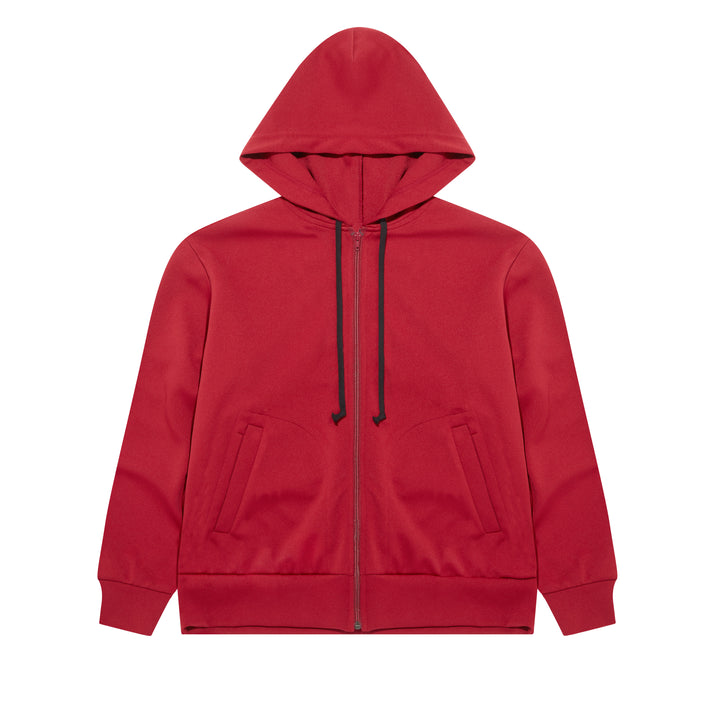
Comme des Garçons, the avant-garde fashion label founded by Rei Kawakubo in 1969, has long been at the forefront of pushing the boundaries between art and fashion. Known for its unconventional designs and artistic approach, the brand has redefined what fashion can be. In this article, we’ll explore how Comme des Garçons fuses art and fashion, creating a unique space where the two worlds intersect.
The Visionary Behind the Brand:
Rei Kawakubo is more than just a designer; she is an artist. Her vision for Comme des Garçons goes beyond creating clothing. She seeks to challenge traditional norms and provoke thought. Kawakubo’s approach to fashion is deeply rooted in conceptual art, where the garments often serve as a canvas for her ideas. The designs of commedesgarconsshop.org are characterized by asymmetry, deconstruction, and a disregard for conventional beauty standards. This artistic vision has made Comme des Garçons a brand that consistently defies expectations.
The Aesthetic of Comme des Garçons:
Art is at the core of Comme des Garçons’ aesthetic. Kawakubo often draws inspiration from various art movements, including surrealism, minimalism, and abstract expressionism. Her collections frequently feature sculptural silhouettes, bold patterns, and unexpected materials, which blur the line between fashion and art. For instance, the Spring/Summer 1997 collection, known as “Body Meets Dress, Dress Meets Body,” showcased padded, distorted forms that challenged traditional notions of the human figure, evoking a sense of wearable art.
Collaboration with Artists:
Comme des Garçons’ relationship with the art world extends beyond inspiration; the brand actively collaborates with contemporary artists. These collaborations result in unique pieces that merge artistic expression with fashion design. One notable collaboration was with the American artist Cindy Sherman, whose self-portraits were printed on Comme des Garçons garments. This partnership highlighted the symbiotic relationship between art and fashion, where each medium enhances the other.
Fashion shows as art performances:
Comme des Garçons’ fashion shows are more than just presentations of clothing; they are carefully curated art performances. Each show is a spectacle that tells a story, often with dramatic lighting, music, and set designs. The runway commedesgarconsshop.org becomes a stage where Kawakubo’s artistic vision comes to life. These shows are not just about selling garments but about creating an immersive experience that leaves a lasting impression on the audience.
Challenging the Fashion Industry:
Comme des Garçons has always been a rebellious force within the fashion industry. Kawakubo’s refusal to conform to industry standards has allowed the brand to maintain its artistic integrity. This rebellious spirit is evident in the way Comme des Garçons rejects trends and commercial pressures, focusing instead on creating thought-provoking pieces that challenge the status quo. The brand’s unconventional approach has earned it a loyal following of fashion-forward individuals who appreciate the artistry behind the designs.
The Legacy of Comme des Garçons:
The influence of Comme des Garçons extends far beyond the fashion industry. The brand’s fusion of art and fashion has inspired a generation of designers and artists to think differently about the relationship between these two creative fields. Kawakubo’s work has been exhibited in major art institutions, including the Metropolitan Museum of Art, further cementing the brand’s status as a pioneer in the fusion of art and fashion.
Conclusion:
Comme des Garçons is more than a fashion brand; it is a creative force that challenges the boundaries of art and fashion. Rei Kawakubo’s visionary approach has redefined what fashion can be, turning garments into works of art and fashion shows into immersive experiences. As the brand continues to evolve, it remains a testament to the power of creativity and the limitless possibilities that arise when art and fashion collide.